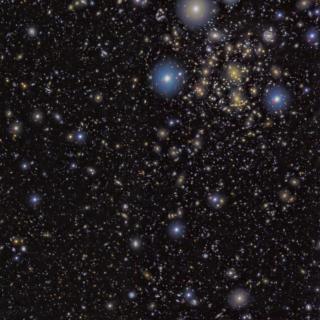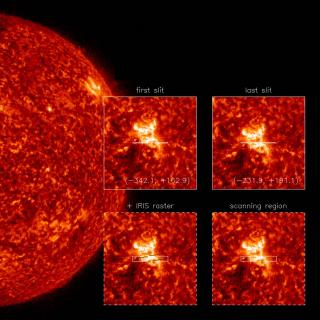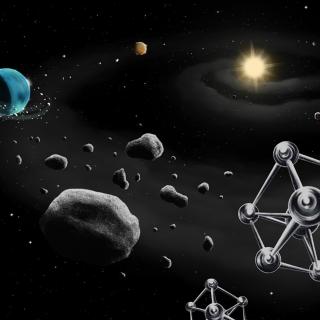
Spanish Minister of Science and Innovation, Diana Morant, visited last Wednesday the Centre for Astrophysics’ facilities in La Palma (CALP) to know the impact of the volcanic eruption on the personnel and on the operation of the facilities at the Roque de los Muchachos Observatory (Garafía, La Palma). During her visit, she held a meeting with IAC Director Rafael Rebolo, which was also attended by the Director of the Gran Telescopio Canarias (GTC), Romano Corradi, and the ORM Site Manager, Juan Carlos Pérez Arencibia. Accompanying the Minister were the General Secretary of Research, Raquel
Advertised on




